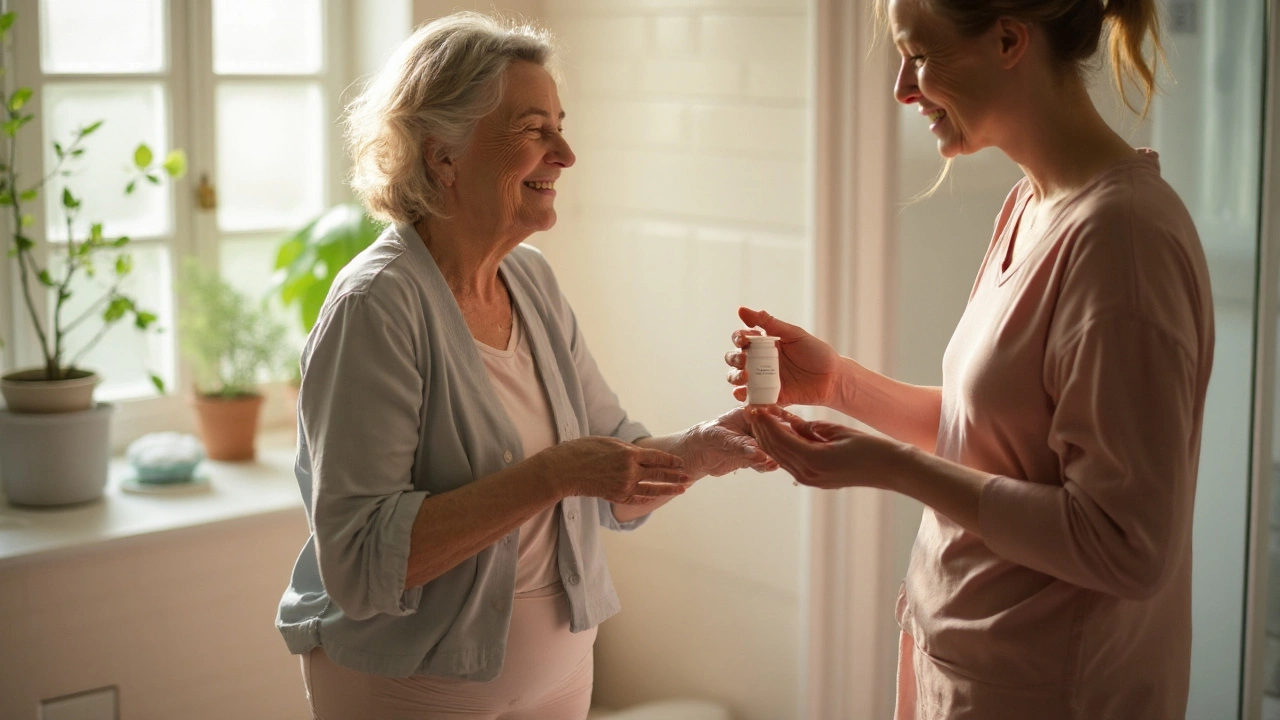How to Manage Elderly Incontinence Care: Real‑World Tips
Incontinence can feel embarrassing, but it’s a common issue for many older adults. The good news? Simple changes at home, smart product choices, and a few lifestyle tweaks can make a huge difference. Below you’ll find straightforward advice you can start using today, whether you’re caring for a parent, a loved one, or yourself.
Everyday Habits That Reduce Leaks
First, look at fluid intake. Too much caffeine or alcohol can irritate the bladder, so aim for water, herbal tea, or low‑sugar juice instead. Spread drinks throughout the day rather than gulping a large amount at once. This helps keep the bladder from filling too fast.
Next, schedule bathroom trips. Even if you don’t feel the urge, try going every two to three hours. Over time your bladder learns a rhythm, and you’ll notice fewer surprise leaks. Pair this habit with a quick‑release button on the toilet seat if mobility is an issue – it saves time and reduces the strain of sitting down.
Pelvic floor exercises are another cheap, effective tool. Tighten the muscles you’d use to stop gas, hold for three seconds, then release. Do three sets of ten each day. You’ll feel stronger control within a few weeks, and there’s no equipment needed.
Choosing the Right Products
Absorbent pads and briefs come in many styles. For active seniors, a thin, breathable pad that fits snugly under regular underwear works well. For those who spend more time sitting, a higher‑absorbency brief with a moisture‑wicking layer can keep skin dry and prevent rashes.
Look for products labeled “hypoallergenic” and “odor‑control.” These features matter because skin irritation can lead to infections, and a fresh scent helps preserve dignity. Many brands offer sample packs, so you can test fit and comfort before buying in bulk.
If night‑time leaks are a problem, consider a waterproof mattress protector and a pull‑up style brief designed for sleep. Changing clothes before bed and keeping a bedside basket with fresh underwear and wipes makes nighttime care less stressful.
Don’t forget skin care. After each bathroom visit, gently pat the area dry and apply a barrier cream with zinc oxide. This creates a protective film that reduces friction and keeps the skin healthy.
Finally, know when to call a professional. Persistent leakage, blood in urine, or a sudden change in frequency could signal infection, medication side effects, or other health issues. A quick visit to the doctor can rule out treatable causes and adjust prescriptions if needed.
Incontinence isn’t a life sentence; with the right habits, products, and medical support you can keep comfort and confidence high. Start with one change today—maybe a regular bathroom schedule or a new overnight brief—and watch the improvement roll in.
Elderly Incontinence Care: Practical Tips for Caregivers & Families
Learn how to manage incontinence in older adults with real‑world tips for caregivers and families, covering products, routines, skin care and more.
